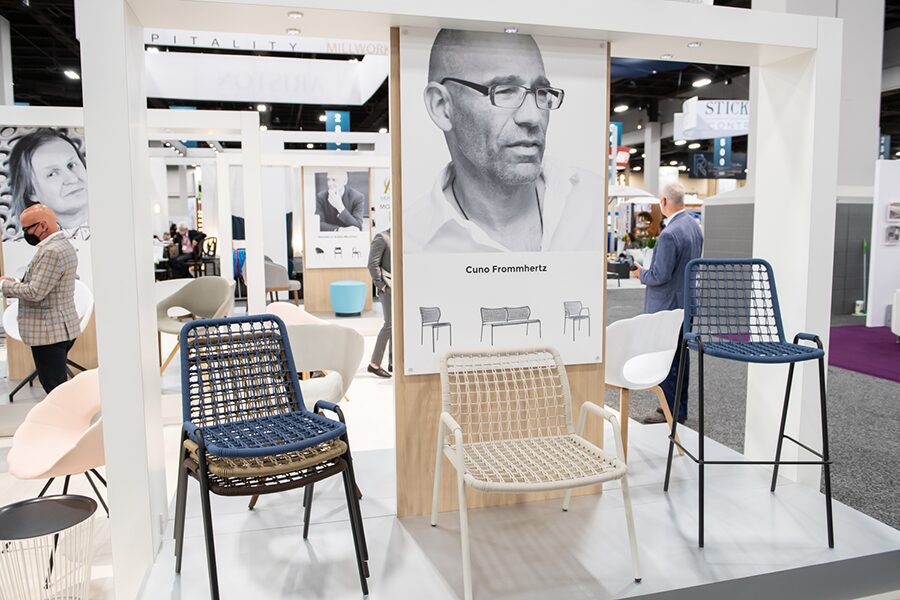According to the recently released 2013 edition of PKF Consulting USA, LLC’s (PKFC) “Trends in the Hotel Spa Industry” report, hotel spa revenues and profits have increased at a pace greater than other non-room sources of hotel revenue for the second consecutive year.
Spa department revenue in the survey’s property samples grew by 5 percent, which compares favorably to the 2.3 percent increase in food and beverage revenue, the second largest source of revenue for most hotels.
“Due to its historical stigma as a luxurious amenity, spa revenue initially lagged behind the growth of other revenue sources during the early stages of the recovery,” says Andrea Foster, vice president and national director of spa and wellness consulting for PKFC. “However, the 2012 increase in spa revenue is a trend we anticipated would occur. There has been a notable focus shift to wellness, specifically taking better care of ourselves for improved health and quality of life, of which spas are an important part.”
Spas located in both urban hotels and resort properties increased in revenue during 2012, though each achieved growth in different ways. Urban hotels drew in more spa guests at higher prices, resulting in a 7.2 percent gain in revenue, while resort spa revenue grew by just 3.8 percent.
Massage, skin care, and bodywork treatments continue to generate the most revenue at hotel spas. Combined, these services represented 72.6 percent of total spa revenue at the properties in the survey and grew by 4.7 percent in 2012. While these spa services increased, salon service revenue declined by 0.1 percent during the year. Spa managers also were successful at increasing the purchase of spa merchandise and clothing, which grew by 6.6 percent in 2012.
Even still, labor costs are the single greatest expense within hotel spa departments. The combined costs of salaries, wages, bonuses, and payroll-related expenses equaled 58.6 percent of total department revenue in 2012, or 74.5 percent of total departmental expense. Labor costs increased by 5.7 percent.
Inspired by the spa, some hotels’ wellness-oriented guestrooms are being equipped with special lighting, wake-up and nighttime light therapy, vitamin-infused showers, air purification and water-filtration systems, and wellness-focused television channels to provide a fully-rested and recharged stay. Food and beverage menus include healthier selections, and fitness centers are being upgraded.
“Many of these new additions are not part of the spa department itself,” says Foster. “Therefore, the resulting revenue generated will not be reflected as spa-related on the hotel’s income statement. However, spas set the foundation for these experiences, and as guests try out and enjoy these wellness-oriented offerings, hotels should able to convert them to spa guests.”


